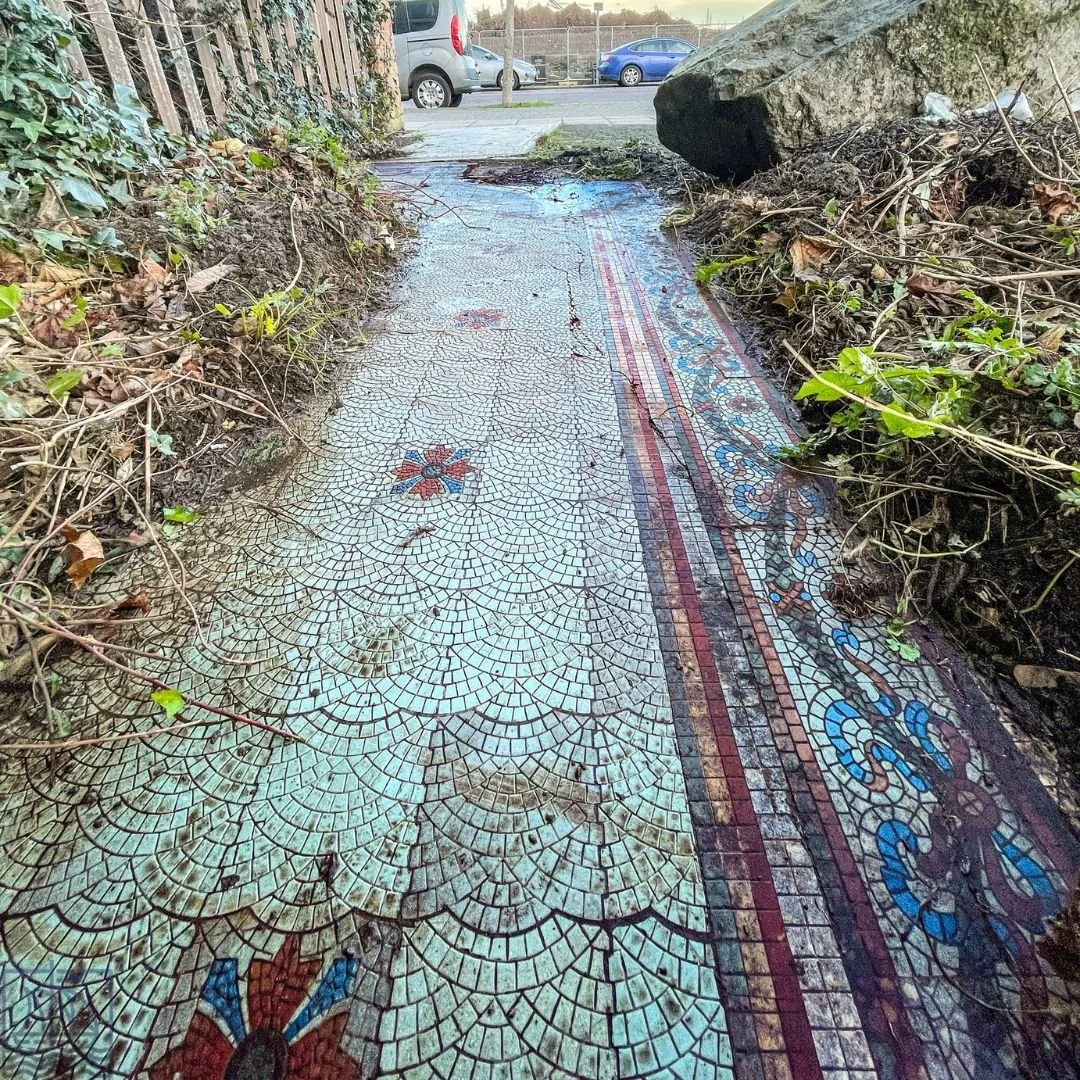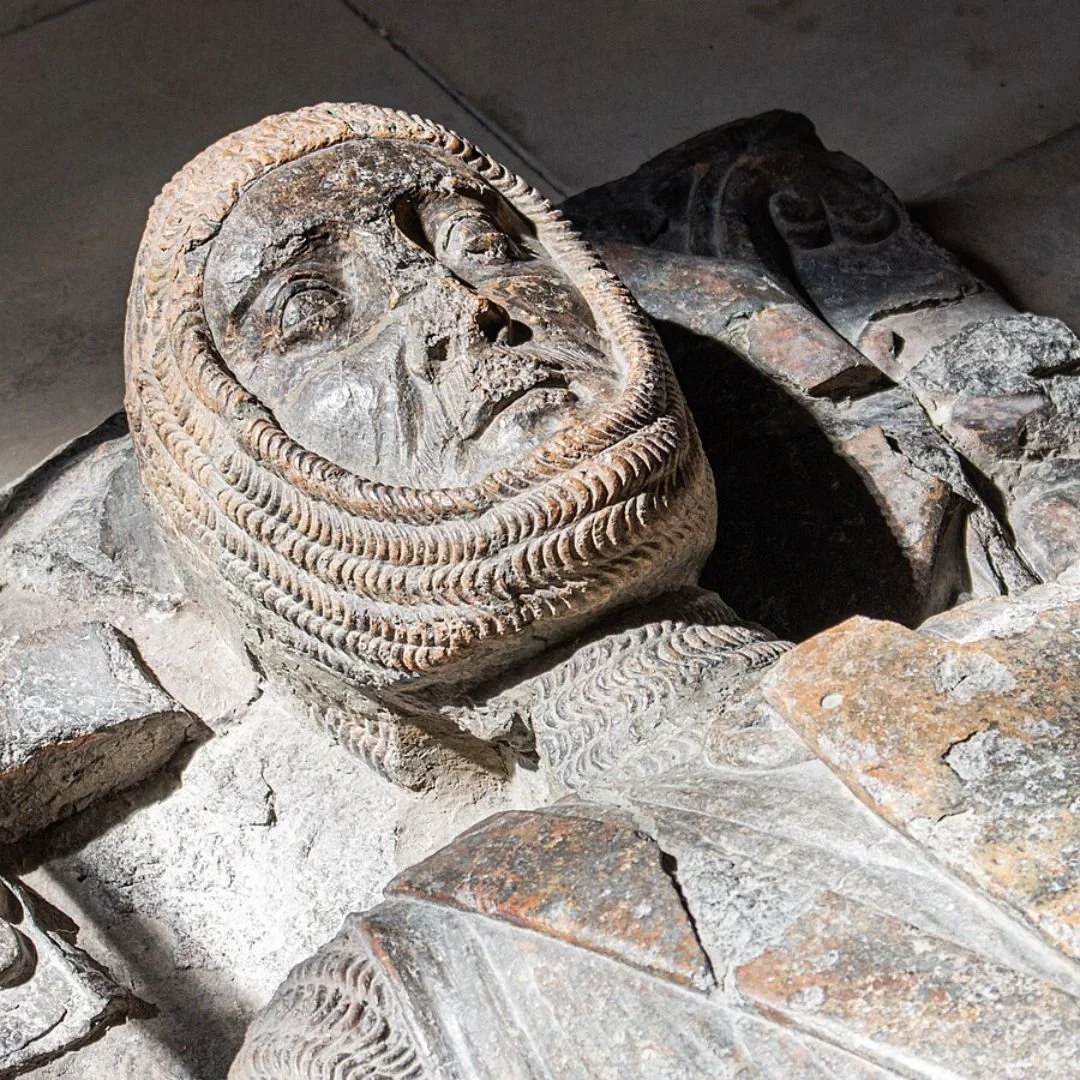Mortsafe: 18th Century Invention To Protect Graves
A 'Mortsafe' was an 18th Century invention used to protect the graves from disturbance.
British authorities turned a blind eye to grave-robbing as surgeons and students sought to advance medical knowledge.
They deliberately minimised publicity to prevent public awareness of these activities.
Instances of grave-robbing that did come to light resulted in riots, property damage, and even fatal assaults.
During the early 19th century, as the number of medical schools and students increased, there was rampant grave-robbing in secluded graveyards, clashes in urban burial grounds, and other disruptions.
Individuals were hired to steal corpses and transport them, sometimes across oceans, for sale to medical institutions.
These revelations sparked public outrage, particularly in Scotland, where deep reverence for the deceased and a literal interpretation of the Resurrection prevailed.
The prevailing belief was that the dead could not be resurrected if their bodies were incomplete.
Individuals were resolute in safeguarding the resting places of their recently departed loved ones.
Wealthy families could afford robust table tombstones, vaults, mausoleums, and iron enclosures around graves.
Those with fewer means resorted to placing flowers and pebbles atop graves as indicators of any disturbance.
They fortified the soil with heather and branches to hinder exhumation efforts.
To further deter grave robbers, sizeable stones, sometimes in the shape of coffins, were placed over fresh graves, often donated by affluent patrons to the community.
Friends and family members took shifts or enlisted the help of hired guards to keep watch over graves during the night.
In some cases, watch-houses were constructed to shelter these guardians, like the three-story fortified structure with windows found in Edinburgh.
Communities also organised watch societies, with one such group in Glasgow boasting 2,000 members.
Despite these precautions, violations of graves still occurred, sometimes even when watch-houses were utilised.
The mortsafe, credited with its invention around 1816, came in various designs, primarily made of iron or a combination of iron and stone.
These devices were notably heavy and intricate, typically constructed with rods and plates interlocked and secured with padlocks.
Examples of these mortsafes have been discovered near all major Scottish medical schools.
A typical mortsafe consisted of a plate placed over the coffin, with rods featuring heads inserted through holes in it.
These rods were then secured by locking a second plate over the first, creating formidable protection. Removal of the mortsafe required two individuals with keys.
They were placed over coffins for approximately six weeks, after which they were taken off for reuse once the body inside had sufficiently decomposed.
A model of this type of mortsafe can be found in the Marischal Museum in Aberdeen.
Occasionally, churches purchased mortsafes and rented them out.
Additionally, societies were established to acquire and regulate their use, requiring annual membership fees and charging non-members for their services.
The introduction of Vaults and Watch Towers
The notoriety surrounding the infamous crimes committed by Burke and Hare deepened the pervasive sense of dread among the populace.
It was during this period that vaults, designated repositories for deceased bodies, were erected in Scotland through public funding, each governed by specific rules and regulations.
While some of these vaults were situated above ground, others, particularly in Aberdeenshire, were either partially or entirely subterranean.
In Udny Green, a village in Aberdeenshire, the morthouse stands as a circular structure featuring a robust studded wooden door and an inner iron door.
Inside, a turntable capable of holding seven coffins allowed for rotation as additional coffins were interred.
By the time a coffin completed its rotation, the body within would be rendered unsuitable for dissection.
Communities in close proximity to the Scottish medical schools in Edinburgh, Glasgow, and Aberdeen adopted various measures to safeguard the deceased.
Some utilised both mortsafes and surveillance. Watch-houses were established in more remote Scottish regions, including the Borders, and two have even been discovered in Northumberland, England.
Examples surviving today
Today, surviving mortsafes are primarily located in churchyards and burial grounds, although many are deteriorating and falling into disrepair.
One has been refurbished and is now displayed in a church porch, accompanied by an explanatory note courtesy of the East Lothian Antiquary Society.
While a few are housed in museums, they often lack any information about their purpose or usage. Some historical documents related to mortsafes and similar protective devices still exist in libraries and archives.
Reasonably well-preserved mortsafes can be found outside the old Aberfoyle church in Stirling, which was a considerable distance of 30 miles away from the nearest School of Anatomy in Glasgow.
Another, slightly rusted, mortsafe can be seen to the right of the door outside Skene Parish Church in Kirkton of Skene, Aberdeenshire.
Similarly, one in good condition can be found in the kirkyard of the remote hamlet of Towie, situated west of Alford.
Additionally, Tullibody, known for its famous stone coffin, is documented to have employed an iron coffin case as a measure to deter local body-snatchers.
If you enjoyed this blog post, please follow Exploring GB on Facebook for daily travel content and inspiration.
Don’t forget to check out our latest blog post below!
Thank you for visiting Exploring GB.





















